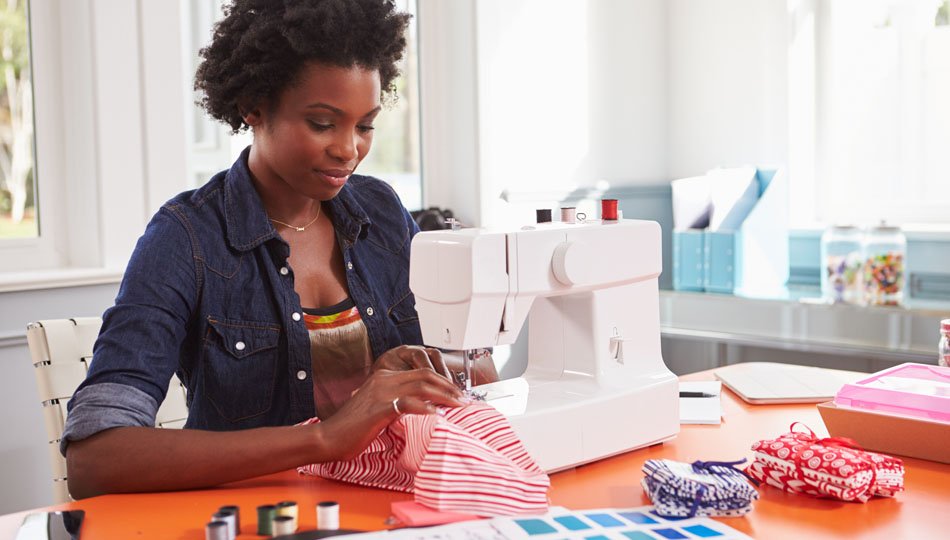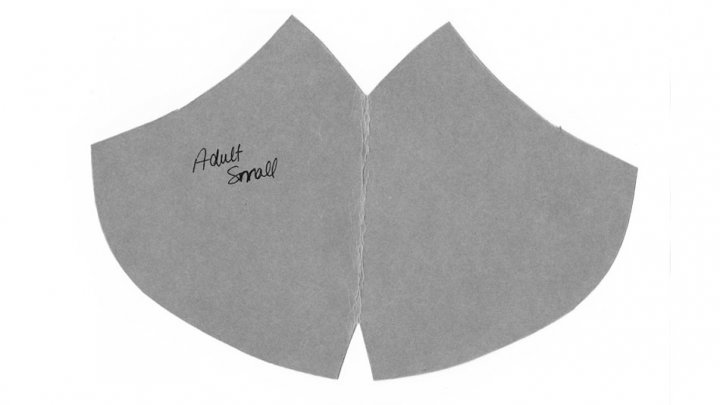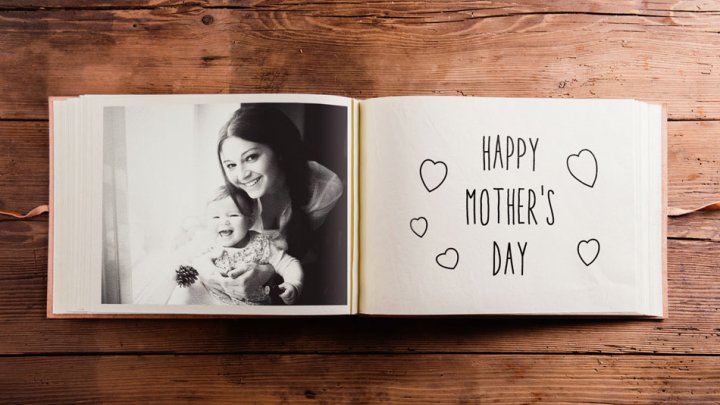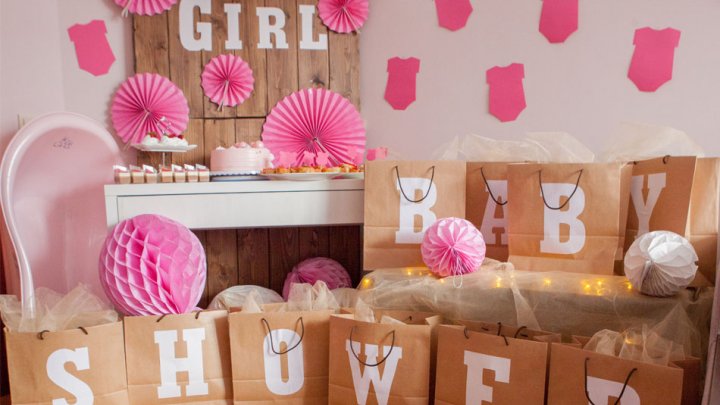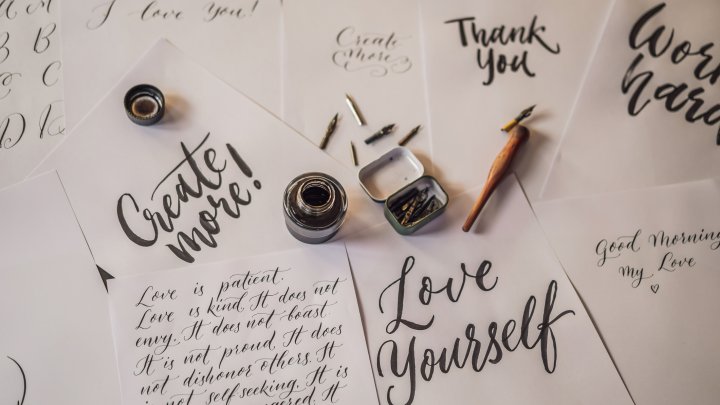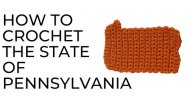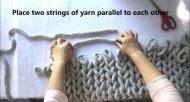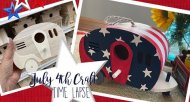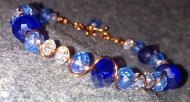Sewing is one of the most immediately useful crafts to learn. It can save the crafter money in household expenses and provide extra income from the production of marketable goods that can be manufactured and sold from home. It's also a very versatile skill that can meet a variety of needs to adapt to changes in circumstances and market opportunities. However, as with most skills, it takes practice to gain competency and comfort with the endeavor. New sewers can become frustrated if they expect too much from themselves too soon instead of enjoying a more relaxed, natural progression rate.
One potential hindrance to this practice phase can be cost of materials. While a sewing machine and other tools used are a one-time expense for the beginner to accommodate, materials are consumed with each use and cannot be easily restored or reused if mistakes are made. This can put a lot of pressure on the sewer to get things exactly right the first time to not lose what they've invested or even push themselves to achieve professional quality, marketable goods right from the start to be able to purchase more materials to continue in the skill. This doesn't have to be the case, though. With a little creativity, cheaper alternatives can be found for practice materials to delay your need for commercial quality supplies until you are comfortable enough with your skill level to invest more without feeling stressed.
Using What You Already Have
The cheapest option, of course, is the free one. Look around the house for projects you can do with things you already have, especially items that are already well worn and near the end of their lifespan or that aren't very desirable to you so that mistakes won't feel like a big loss. Start with tasks that only require a simple, straight stitch, such as shortening skirts, pants, or sleeves. Once you feel comfortable with the straight stitch, try some projects that will give you practice with zigzag stitching, such as adding decorative elements to garments or home furnishings. If you have children, you can cut out favorite designs from clothes they have outgrown to transfer them as appliques to clothing in their current size, or you can cut shapes out of scrap cloth to make your own appliques from scratch.
Focusing on the straight stitch and the zigzag stitch first will give you the foundation you need for the majority of future projects. Your zigzag skill can also be expanded to making buttonholes, either functional or decorative, wherever you see opportunity. Take your time with this, remembering that the purpose is to learn and gain proficiency and not just to get things done. The mastery of these skills becomes an asset you keep, so it is worth the patience and effort.
Thrift Store Projects
When you're ready to move on to new and more exciting things, shop around a bit at some thrift stores. Look for discounted clothing you can envision being able to do something with. For example, you could take a dress and cut it in half, add an elastic or zippered waistline to make the skirt a standalone garment and then do some creative experimenting to make the top into a unique blouse or vest. Also try out getting some garments a size or two large and then turn them inside out, cut them apart following the seam lines, and resew the seams 5/8” from the new edge. This will teach you a lot about garment construction so that you'll understand patterns better, and it gives you the opportunity to try out a variety of new fabrics to see which ones you like best and gain practice with them before buying them on your own.
Practicing with New Materials
Eventually, you will be ready to start making items from patterns and will likely need to acquire new materials because most existing garments won't have enough continuous areas of fabric available to cut entirely new shapes from. However, you don't have to start buying commercial quality fabric yet. One often overlooked option is to look for sales on sheet sets in general merchandise stores. A king or queen size sheet set can offer a lot of yardage of fabric at a pretty economical price, especially after holidays when seasonal prints need to be cleared out. Because this fabric is meant for bedding rather than wearing, you shouldn't rely on it for making garments you want to be durable or crisp-looking, but it works great for practicing and testing the fit of a garment made from a pattern before committing to more expensive materials for the final result.
Trying out these projects should go a long way in improving your sewing skills while still being able to creatively experiment and have fun in the process without stressing over material costs or perfection. By the time you have mastered them to your satisfaction, you should feel much more knowledgeable and confident in beginning to work with higher quality supplies so that your continued progress will be more productive and just as enjoyable.


